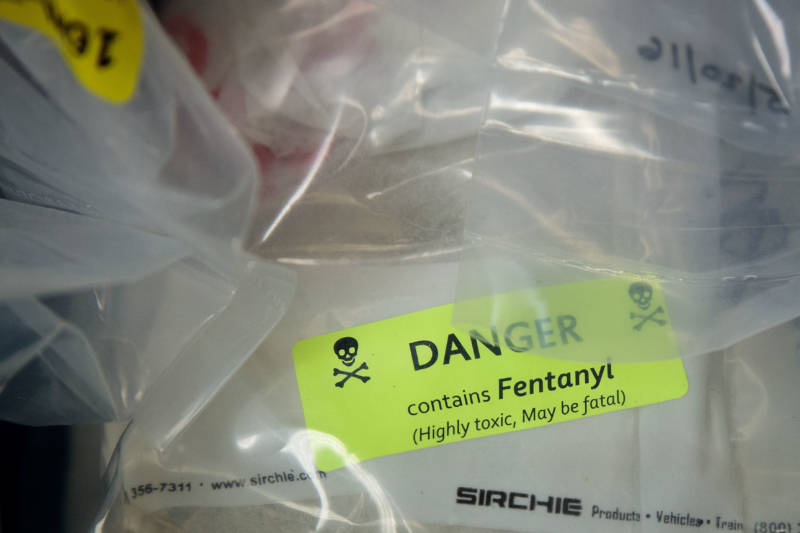Even as first responders are increasingly likely to encounter the powerful opioid fentanyl on the job, they are highly unlikely to be exposed to toxic levels of the drug, according to a statement released this week by the California Department of Public Health.
Risk of Fentanyl Exposure for Emergency Responders ‘Extremely Low’ Public Health Officials Say

CDPH released the information in an effort to address the safety concerns of first responders who might come into close contact with fentanyl while helping overdose victims or during the course of searches and arrests.
According to CDPH, there were 743 deaths related to fentanyl overdoses in 2018, an increase of 72% from the year before. As overdose deaths have climbed, so have reports of officers experiencing serious symptoms, like dizziness and blurry vision, after coming into contact with the drug on the job.
Sgt. Ray Kelly, an Alameda County Sheriff’s Office spokesman, said he knew of four or five department officers who administered the overdose medication naloxone to fellow officers who were in distress.
“There is a big difference between medical-grade opioids that are administered every day to patients and then the illicit fentanyl that we know is coming from overseas,” Kelly said.
But in its fact sheet, CDPH said, “The risk of clinically significant exposure to emergency responders is extremely low.”
The department recommends that officers wear nitrile gloves, and if they do get fentanyl on their hands, to simply wash with soap and water. The fact sheet also says drug particles are airborne only in rare cases, and an N95 respirator should provide sufficient protection.
UCSF Fresno emergency physician and medical toxicologist Patil Armenian is glad to see CDPH taking this step, because she’s concerned that first responders might hesitate to help an overdose victim if they’re afraid.
“When it comes to an opioid overdose, time is oxygen. They stop breathing and that’s how they die,” Armenian said. “The faster we can administer the antidote naloxone, then the better chance they’re going to have for survival.”
She said there’s no evidence that passive exposure to fentanyl by touching or breathing in a small amount is toxic.
“For someone to actually get sick from either fentanyl or a fentanyl analog would actually take a fair amount of fentanyl to be absorbed. And that’s actually pretty hard to do,” Armenian said.
